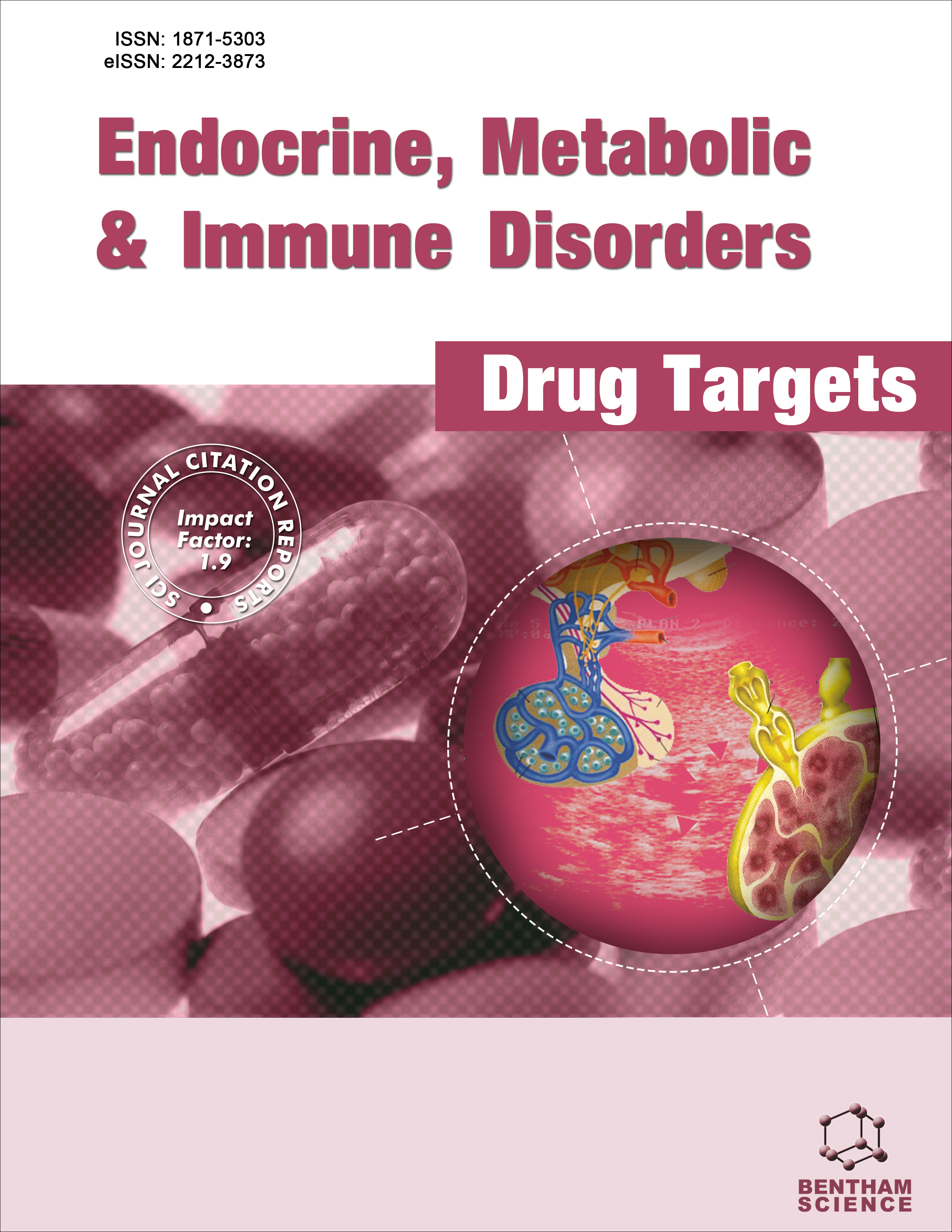
Full text loading...
We use cookies to track usage and preferences.I Understand

Recurrent Pregnancy Loss (RPL) and Polycystic Ovary Syndrome (PCOS) are both common diseases involving women of childbearing age, and their pathogenesis is still not sufficiently known.
This study aimed to explore the relationship between RPL and PCOS in bioinformatics.
Two expression chips, GSE86241 (obtained from 8 PCOS patients and 9 healthy controls) and GSE73025 (obtained from 5 RPL patients and 5 healthy controls), were downloaded from the Gene Expression Omnibus (GEO) database. We used the GEO database to analyze the gene expression profiles of PCOS and RPL to identify the intersection of abnormal miRNA expression, predicted the target genes of the intersecting miRNAs from miRDB, miRTarBase, and TargetScan databases, and then incorporated the miRNA-mRNA modulation network. By using the string database, the PPI network was built, which could screen the Hub genes and enrich them for analysis. Ultimately, the critical miRNA-mRNA regulatory network was set on the basis of the relationship between hub genes and miRNA.
A total of 39 significantly altered miRNAs of PCOS and 137 significantly altered miRNAs of RPL were obtained, three miRNAs (miR-767-5p, miR-3196, and miR-187-3p), five signaling pathways (PI3K-Akt, p53, Toll-like receptor, C-type lectin receptor, and TNF signaling pathways), and six Hub genes (CASP8, PIK3R1, ADAMTS2, ADAMTS3, COL3A1, and MDM2) were found to be related to the development and progression of two diseases. More importantly, all Hub genes were regulated by miR-767-5p.
This research clarifies the possible relationship between miRNA and mRNA with PCOS and RPL for the first time. It provides a basis for illustrating the pathogenic mechanism and a target of therapies for these two diseases.

Article metrics loading...

Full text loading...
References


Data & Media loading...